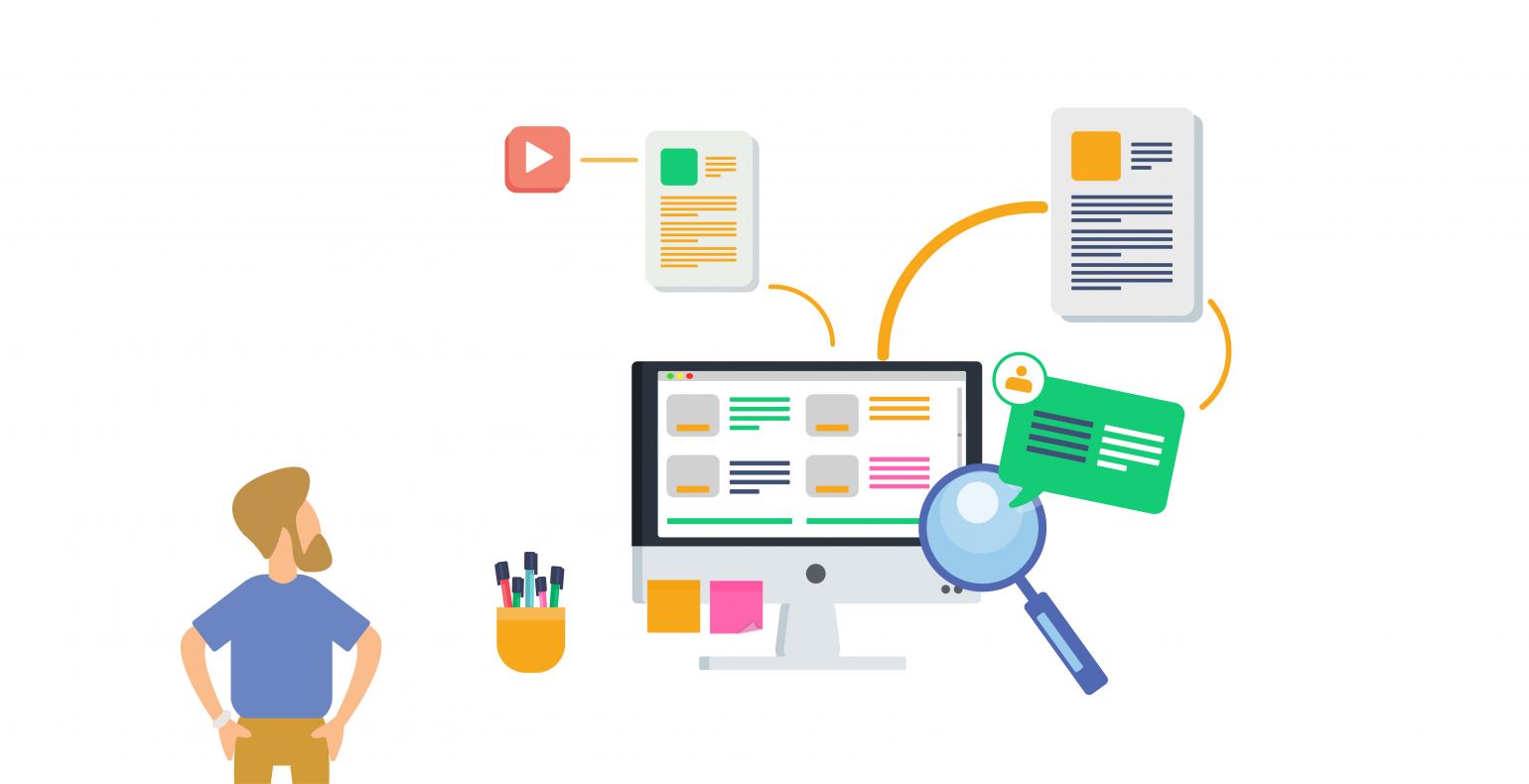"We just want it to look good" and "These are just details"
We just want it to look good
Some people think that a website needs to be beautiful or trendy.
Imagine you are the owner of an online store. Do you want a customer to come to your online store and think "Oh, this website looks great", admire a little and then leave? Or do you want the process to be hassle-free, the visitor to make a purchase and return to your store?
These are just details
Now imagine that you are the industry leader in a large building and interior materials store. Together with other leaders, you have been given an exciting task, but with a limited budget and tight timeframes. The digital strategy includes that customers should be able to order goods online in a few months, see their invoices in the application, and so on.
Developers, designers, marketing, production, service - they all come together at one table. One of them raises questions:
- How can I log in to the website?
- What should I see on the front page?
- What can I automatically order from the web or an app?
However, a person with a louder voice says, 'Listen, we need to get this project done in two months, we're putting designers and programmers to work right now and can later decide on these things. These are just details." And the developers start working on the project that's not quite thought through.
And what is the result? The online store is already open when you discover that you don't have an option to display the total cost of the products in the shopping cart in the system! Customers who have been loyal for years and decades go to a competitor because of frustration.
Making a prototype would have identified such shortcomings much more quickly. Read more about how everyone wins from prototyping in our article "Who needs a prototype?"
Digital strategy and prototyping go hand in hand
These real-life images may seem like details, but they are a big part of the functionality. At a time when the vision is still quite blurry, it is too early to hire more web designers and programmers. Even if time is short, it does not make sense
Read more: Prototype is a plan, not just a sketch.
Software, a website or an online store can be made more attractive very easily. But if functionalities and usability are not considered in the design process, then things that have not been thought through could pay a high price later.
The same thing (such as a web store or an application) can theoretically be created in a thousand different ways, but there are only a few options that will optimally serve the goals of both the owner of the application and its users.
The client who invests into a website wants his website visitors to understand what is offered and what is expected from them. And ultimately to turn visitors into returning customers.
For more complex processes, it is especially important to be clear what the website visitor sees, what type of information is displayed to the logged-in user and what instructions are given to them.
For all this to work, the various parties have to work hard before the designer can create the design, and the programmers write the code. Up to this point, the changes are cheap and easy to make.
How to give feedback to a prototype?
What happens once the prototype is created? We have written a 32-page digital book on the next step, which provides answers to the following questions.
- What is a prototype and why and for whom is it useful?
- What is the role of the prototype client in the project?
- How to effectively provide feedback on the first version of a website or information system?
- How to avoid common bottlenecks?
Each chapter has a series of control questions that will help you steer the project effectively in the right direction.
If this practical guide could be useful to you, you can now get access to the e-mail address in the "Prototype Feedback Guide" digital book.
The guide is currently available in Estonian.







